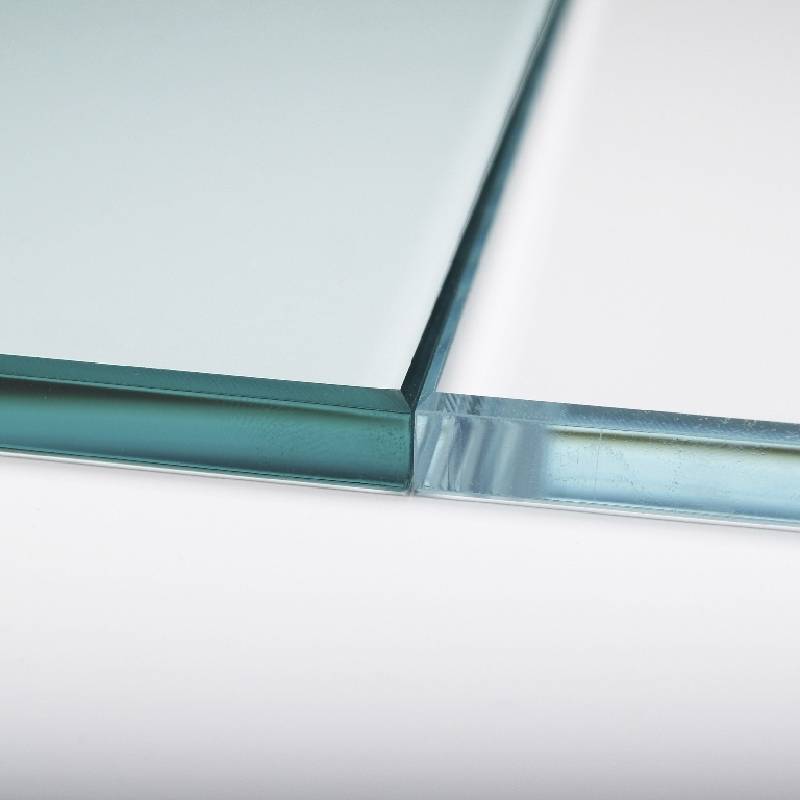

The Significance of Non-Glare Glass in Modern Design
In recent years, the demand for high-quality materials in architecture and interior design has surged, leading to a variety of innovations that enhance both aesthetic appeal and functional performance. One such innovation is non-glare glass, a material that has garnered considerable attention for its ability to reduce reflection and improve visibility. This article explores the significance of non-glare glass in modern design, examining its applications, benefits, and the transformative impact it can have on spaces.
The Significance of Non-Glare Glass in Modern Design
One of the primary benefits of non-glare glass is its role in enhancing the viewing experience. In environments where visual clarity is paramount, such as art galleries or display cases, the reduction of glare can significantly enrich the viewer's appreciation of the displayed items. By allowing more light to pass through while diminishing distracting reflections, non-glare glass ensures that art pieces, photographs, or artifacts can be viewed in their true form, without interference. This creates an optimal environment for both the artist and the audience, fostering a deeper connection with the displayed work.

Beyond aesthetic considerations, non-glare glass is beneficial in functionality, especially in work environments. Offices equipped with large windows or glass walls can often face the challenge of excessive sunlight, leading to discomfort and reduced productivity. By integrating non-glare glass into architectural designs, businesses can create comfortable, well-lit workspaces that promote focus and efficiency. Employees can enjoy natural light without the distractions associated with reflective surfaces, contributing to a more pleasant and productive environment.
Additionally, non-glare glass possesses practical advantages in reducing eye strain. In our technology-driven world, individuals are increasingly exposed to screens, leading to concerns about digital eye strain and fatigue. Environments featuring non-glare glass can help alleviate some of this strain by minimizing the harsh reflections that contribute to discomfort. This is particularly important in settings like educational institutions, where students and teachers rely heavily on screens and projection systems during lessons.
Durability is another important aspect of non-glare glass. Its protective coatings not only enhance visibility but also make the surface more resistant to scratches and damage. This longevity translates into lower maintenance costs and a longer lifespan, making it a sound investment for both residential and commercial projects.
In conclusion, non-glare glass stands as a testament to the innovation and creativity present in modern design. By improving visual quality, enhancing functionality, and promoting comfort, it addresses the needs of today’s architecture and interiors. Whether in art displays or everyday workspaces, non-glare glass is revolutionizing how we experience and interact with our environment, proving itself to be an invaluable asset in contemporary design. As we move forward, its applications are likely to expand, continuing to play a critical role in elevating spaces for both aesthetics and utility.